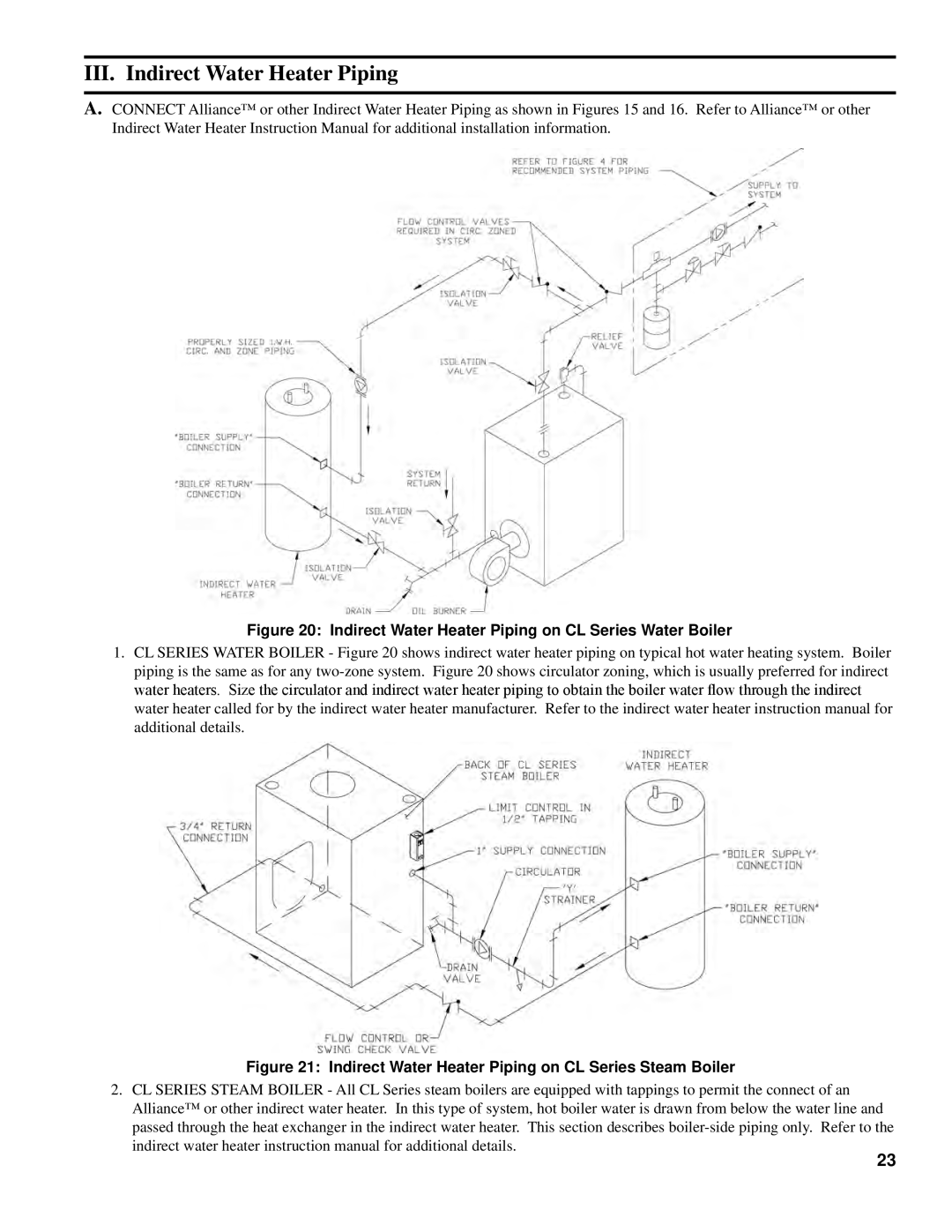F3, F5, 40 Series, CL Series specifications
Energy Tech Laboratories has made significant strides in innovation and sustainability with its well-regarded CL Series, 40 Series, F5, and F3 product lines. Each series is designed to provide scalable energy solutions tailored to meet diverse industry demands while promoting efficiency and environmental responsibility.The CL Series stands out for its compact design and modular construction. It is ideal for small to medium-sized enterprises looking to optimize energy consumption. One of the primary features of the CL Series is its advanced energy management system, which uses real-time data analytics to help users monitor and analyze their energy usage patterns. Additionally, it is equipped with a regenerative braking technology that captures and reuses energy, making it exceptionally efficient.
In contrast, the 40 Series is targeted towards larger industrial applications. This series boasts high-capacity energy storage solutions and integrates seamlessly with existing systems. One of its most remarkable features is its adaptive load management system, which intelligently distributes power based on real-time demand, ensuring maximum efficiency and minimal waste. The 40 Series is also built with robust safety protocols, including fire suppression systems and advanced fault detection technologies.
The F5 model is engineered for ultimate performance. It incorporates cutting-edge battery technology that enhances energy density, resulting in longer operational life and reduced maintenance costs. Its real-time monitoring capabilities offer users the ability to track performance metrics from anywhere, further enabling proactive decision-making. Additionally, the F5 features a modular battery design, allowing for easy upgrades and expansions as energy needs grow.
Finally, the F3 series exemplifies the future of energy technology with its innovative approach to renewable energy integration. The F3 is designed to work with solar and wind energy systems, leveraging advanced algorithms to maximize energy capture from these sources. Users benefit from its intelligent grid interface, which allows for efficient energy distribution within microgrid configurations.
In summary, Energy Tech Laboratories’ CL Series, 40 Series, F5, and F3 combine robust engineering and innovative technologies to address the varying energy needs of users. With features like real-time monitoring, adaptive load management, and renewable energy integration, these product lines not only enhance operational efficiency but also contribute to a sustainable energy future. As industries increasingly look towards improving energy practices, these series stand out as relevant, viable solutions in the evolving landscape of energy technology.

